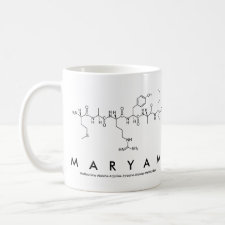
Authors: Yang Q, Li CY, Li JH, Wang XY, Arabi M, Peng HL, Xiong H, Chen LX
Article Title: Rational construction of a triple emission molecular imprinting sensor for accurate naked-eye detection of folic acid.
Publication date: 2020
Journal: Nanoscale
Volume: 12
Issue: (11)
Page numbers: 6529-6536.
DOI: 10.1039/D0NR00765J
Abstract: Multiple emissions of blue, green and red from a molecular imprinting sensor rationally constructed, were used for the fluorescence colorimetric visualization of a fluorescent analyte of folic acid, using a flexible post-imprinting mixing strategy. That is, two kinds of folic acid-templated molecularly imprinted polymers (MIPs) were firstly synthesized by encapsulating green and red fluorescent quantum dots (g-QDs and r-QDs) individually on SiO2 cores, and they were then mixed at an appropriate ratio, resulting in a triple emission MIPs sensor. Upon folic acid recognition, the inherent blue fluorescence of folic acid was intensified, and the green and red fluorescence of the sensor QDs were gradually quenched. The quenching rate difference between g-QDs and r-QDs was greatly enhanced and used to obtain a wider-range and profuse fluorescence color evolution, by investigating the influences of the QDs modifier, eluent and imprinting layer thickness in detail. Under optimal conditions, the ratiometric intensity change of the three color emissions varied in a logistic function within 0.01-50 ppm of folic acid, and the corresponding fluorescence colors shifted from yellow to orange to red to purple and finally to blue. This excellent visualization capability of the MIPs sensor contributed to the accurate naked-eye detection of folic acid concentration using a portable ultraviolet lamp. Moreover, the MIPs sensor succeeded in determining folic acid in complicated food and serum samples, providing comparable results with the PRC standard method and satisfactory recoveries of 99.5-108.0%. The merits, including construction simplicity, high sensitivity and selectivity, and result visualization, enable such a multiple emission MIPs sensing strategy to be potentially applicable for visual identification and determination of various analytes in more fields
Template and target information: folic acid



Join the Society for Molecular Imprinting

New items RSS feed
Sign-up for e-mail updates:
Choose between receiving an occasional newsletter or more frequent e-mail alerts.
Click here to go to the sign-up page.
Is your name elemental or peptidic? Enter your name and find out by clicking either of the buttons below!
Other products you may like:
 MIPdatabase
MIPdatabase









